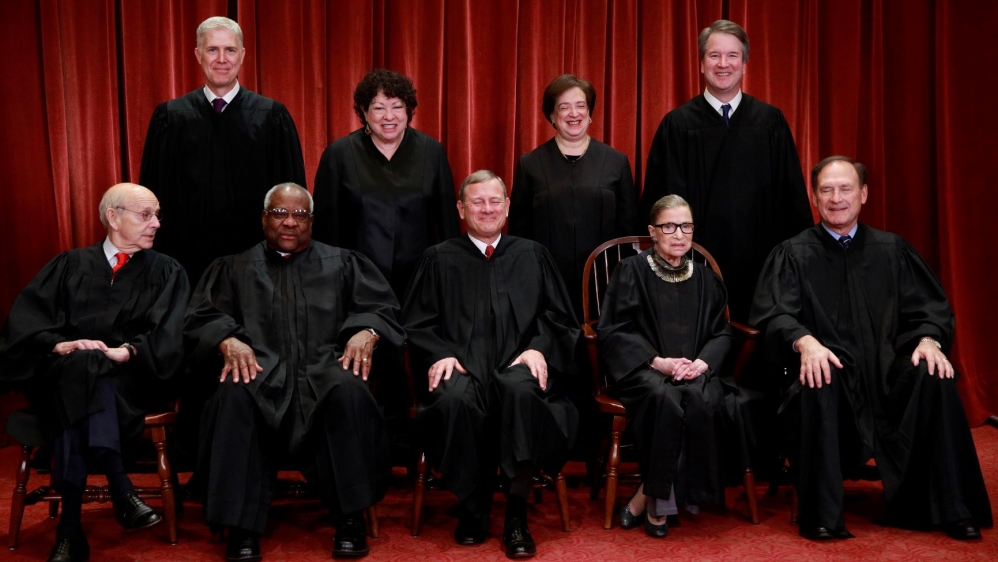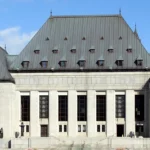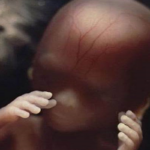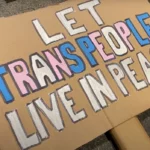Blog Post
The U.S. Supreme Court delivers two major victories for religious liberty
By Jonathon Van Maren
After the devastating blow to religious liberty dealt by Neil Gorsuch and the majority in Bostock v. Clayton Country earlier this month, two U.S. Supreme Court rulings this week appear to lend credence to David French’s theory that Justices Roberts and Gorsuch are attempting to use the Court to create a compromise: Full legal recognition of most of the LGBT agenda, but specific carveouts to protect religious liberty. Many commentators have doubted it is possible to strike this balance, especially because LGBT activists, with the exception of a few Andrew Sullivan types, want nothing short of total victory and complete cultural domination. But this week’s decisions make it clear that the Court will be trying nonetheless.
Luke Goodrich, who has defended religious liberty at the Supreme Court (and won) six times, explained on Twitter why he is bullish about religious liberty in America:
Religious freedom is on a massive, decade-long winning streak at the Supreme Court. #SCOTUS has decided 15 cases on religious freedom in the last decade. ALL 15 are WINS for religious freedom. 7 are BECKET law cases. This 15-case winning streak hits every major area of religious freedom law:
– Religious exemptions
– Religious autonomy
– Religious speech
– Religious symbols
– Gov’t funding for religious groups
The streak includes all of the major constitutional doctrines–free exercise, establishment, autonomy, speech. It includes key civil rights statutes–RFRA and RLUIPA. It includes cases affecting many faiths: Christian, Muslim, Jewish, Hindu, Native American, and others. The 15-case winning streak includes clashes between religious freedom and hot-button issues like abortion (Little Sisters, Hobby Lobby, McCullen) and gay rights (Masterpiece). Most of the 15 straight wins weren’t even close. 11 were decided by supermajority or unanimous vote. Only 4 were 5-4.
15 straight wins: Little Sisters (2020), Our Lady (2020), Espinoza (2020), Am. Legion (2019), Masterpiece (2018), Trinity Lutheran (2017), Little Sisters (2016), Holt (2015), Reed (2015), Abercrombie (2015). McCullen (2014), Greece (2014), Hobby Lobby (2014), Hosanna-Tabor (2012), Winn (2011).
Goodrich isn’t sticking his head in the sand here—he’s written an entire book, Free to Believe: The Battle of Religious Liberty in America—detailing the significant threats to freedom of religion in America, so his analysis is very encouraging. In the Little Sisters of the Poor v. Pennsylvania, the Court ruled that the charitable order of Catholic nuns cannot be compelled by the government to financially subsidize birth control and abortifacient drugs (as required by the HHS contraceptive mandate contained in Obamacare.) Only Ginsberg and Sotomayor dissented. The second ruling, Our Lady of Guadalupe School v. Morrissey-Berru (OLOG), is even more significant. Here’s how Helen Alvare, professor of law at the Antonin Scalia Law at George Mason University described it:
OLOG is extraordinarily important for the future of religious institutions’ ability to determine their personnel. By a vote of 7-2 — with Justices Elena Kagan and Stephen Breyer joining the Chief Justice John Roberts, and Justices Samuel Alito, Clarence Thomas, Neil Gorsuch and Brett Kavanaugh — the Court held that the First Amendment’s “ministerial exception” gives two Catholic elementary schools the power to decide about the hiring and firing of their teachers, free from state interference. The “ministerial exception” is the First Amendment doctrine that protects religious institutions from employment discrimination lawsuits brought by persons who are deemed “ministers” by the Court. It flows from both constitutional religion clauses’ guarantee that the government must not interfere in “matters of faith and doctrine” or “church governance.”
What is important in OLOG is not only today’s win, but what the case signals for future disputes involving, potentially, employees who are not teachers, or teachers who do not teach religion, or any employee at the wide variety of Catholic educational, health care and social services institutions. The Court’s 2012 Hosanna Tabor decision announcing the existence of the ministerial exception did not provide as many clues regarding these disputes as provided in today’s opinion. OLOG uses language possibly sufficient for Catholic and other religious institutions to shield from state authority religious institutions’ ability to claim that any employee who plays a role in “conveying the Church’s message and carrying out its mission” is covered by the ministerial exception. Thus a Catholic institution’s decision about hiring and firing such an employee would prevail over the state’s.
Today’s majority opinion does not go all the way toward definitively giving religious institutions all the freedom they require to constitute true communities of witness, but it goes further than Hosanna Tabor. The majority clarified that Hosanna Tabor did not demand a “rigid” formula for courts evaluating ministerial exception claims by religious employers. Hosanna Tabor had held that a Lutheran schoolteacher was a minister, making reference to her extensive training, her being “called” by her church, her self-identification and her functions. The 9th Circuit — the lower court that had previously decided the OLOG case — applied these categories to the Catholic school teachers and concluded that their situations did not match the Lutheran teacher’s…This language seems to leave open the real possibility that a religious institution, in the future, will be able successfully to claim authority to determine personnel under the ministerial exception so long as it can demonstrate in good faith a particular employee’s role in conveying the faith.
Especially in the context of the Bostock ruling, it is a genuine relief to see that the Court does, in fact, have a robust view of religious liberty and despite their willingness to cede major parts of the LGBT agenda, appear to be intent on including massive carveouts to protect religious liberty. Religious liberty is by no means safe, but the news is a bit more encouraging now than it was a few weeks ago. The Court is attempting to steer between the rocks and the shoals. I hope that they succeed.








